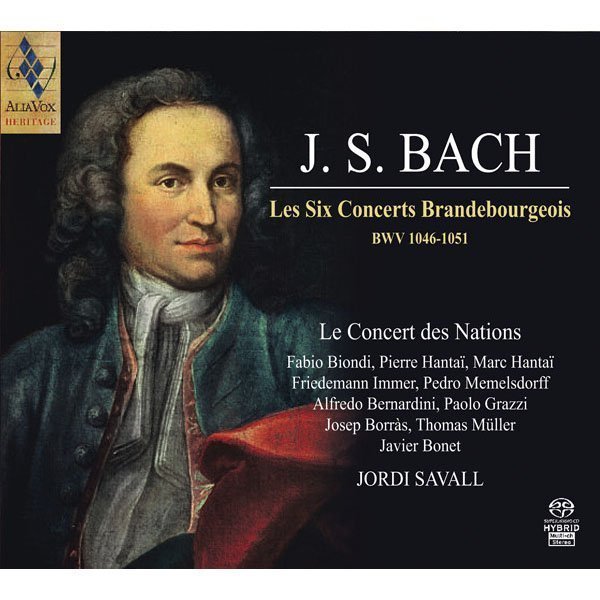J.S. BACH
Les Six Concerts Brandebourgeois
Jordi Savall, Le Concert des Nations
Alia Vox Heritage
17,99€
Out of stock
Referència: AVSA9871
- Le Concert des Nations
- JORDI SAVALL
As soon as we try to track down the historical circumstances surrounding the composition of Bach’s works, our problems begin. Thanks to decades of painstaking research and the subtle intuition of leading musicologists, today we have more detailed information unravelled from the tangled web of small clues that have been patiently gathered. The rather obscure life of a music maker from Saxony did not give rise in his own day to the great chorus of publicity which surrounded his contemporaries Handel and Rameau, and he himself did not do much to make our task easier, since he left very few traces of his daily life in the form of correspondence, dates or written accounts…
Nothing is simple, therefore, and sometimes posterity has clouded the issues: the Goldberg Variations were probably not written for Goldberg, any more than the B minor Mass was written in B minor. As for our Six Concertos with several instruments, they have little to do with Brandenburg. This name was given them by the first great exegete of Bach’s work, the German musicologist Philipp Spitta who, at the end of the 19th century, spoke of the Brandenburg Concertos, just as others had referred to Mozart’s Prussian Quartets, for example, following the German practice of referring to their dedicatee. And that is how it all began.
+ information in the CD booklet







Share